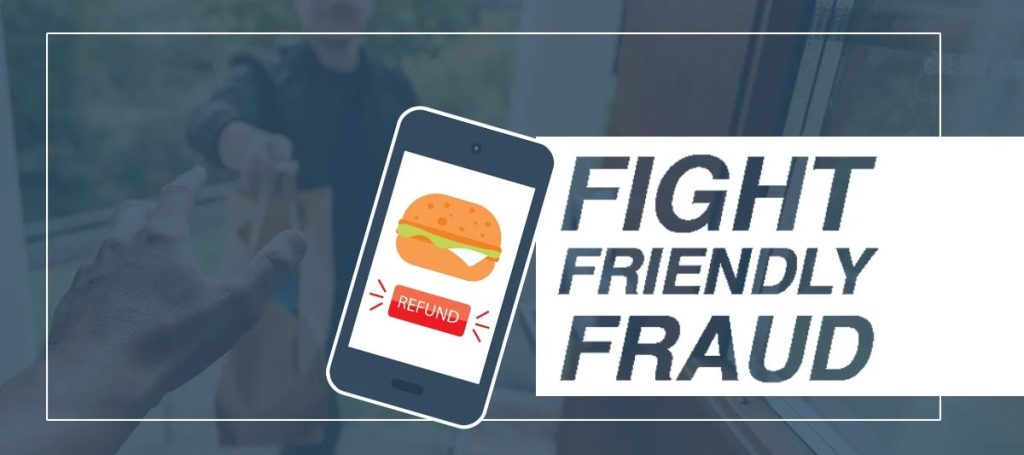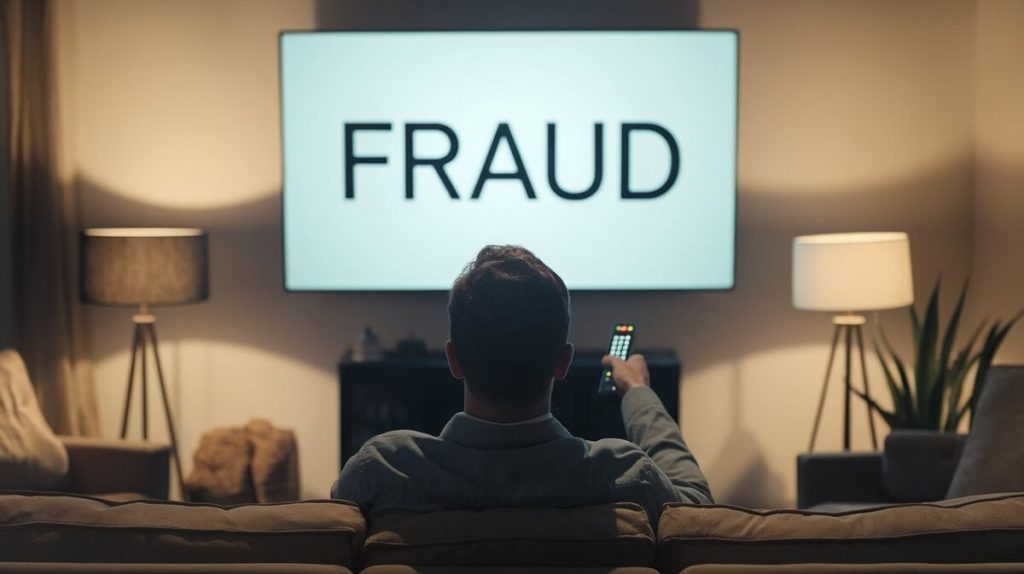Friendly fraud, or chargeback fraud, occurs when a customer disputes a legitimate transaction, leading to lost revenue and additional fees for businesses. While some of these disputes stem from genuine misunderstandings, many are intentional or avoidable. In 2022, global businesses lost over $125 billion to chargebacks, with friendly fraud making up a significant portion of this loss (Source: Visa Chargeback Management Guidelines). This article provides practical methods to reduce and prevent friendly fraud chargebacks, using data-backed insights and proven strategies.
Key Causes of Friendly Fraud
Friendly fraud has several common triggers, many of which could be avoided with proper prevention techniques. Below are the main reasons:
- Accidental Misidentification
A frequent cause of disputes is unclear billing descriptors, where customers fail to recognize a transaction on their statement. Visa reports that up to 28% of disputes result from confusing billing labels. - Unauthorized Family Purchases
Transactions made by children or family members using stored payment details without permission can result in chargebacks. According to NMI, 38% of disputes in the digital goods sector relate to unauthorized in-app purchases. - Buyer’s Remorse or Impulse Buying
Customers sometimes regret impulsive purchases and file disputes instead of seeking refunds. Stripe data shows that 12% of eCommerce chargebacks come from this kind of buyer behavior. - Customer Dissatisfaction
Misaligned expectations about the product or service lead to disputes. Mastercard found that 22% of chargebacks originate from dissatisfied customers who feel misled.
Impact of Friendly Fraud on Businesses
Friendly fraud is not just about lost revenue. Below is a table summarizing its broader impacts on businesses:
| Impact Area | Description | Data |
|---|---|---|
| Revenue Loss | Businesses lose not only the sale but also pay fees | Chargebacks cost $2.50 per $1 disputed (Checkout.com) |
| Administrative Burden | Processing chargebacks takes significant resources | Each dispute takes 24-48 hours to resolve (Braintree) |
| Reputational Damage | Negative reviews and customer dissatisfaction escalate | Up to 12% of customer retention is lost (Visa) |
Prevention Strategies
Reducing friendly fraud starts with adopting specific practices that minimize the risk of disputes.
- Clear Communication
Miscommunication accounts for a significant portion of chargebacks. Ensure clear product descriptions, accurate billing descriptors, and prompt communication about any issues. A Visa study shows that 25% of disputes could be avoided if billing descriptors were more transparent. - Customer Support and Dispute Resolution
Many disputes stem from unaddressed customer concerns. Offering fast, efficient customer service can prevent disputes from escalating to chargebacks. 49% of friendly fraud disputes result from customer dissatisfaction due to poor support (Stripe). - Authentication Tools
Using multi-factor authentication and CVV checks significantly reduces the chances of unauthorized transactions. This method has proven to reduce fraud by 60%, according to Adyen. - Send Order Confirmations and Updates
Provide detailed transaction receipts and shipping notifications. According to Braintree, businesses that implement real-time tracking see a 15% reduction in disputes. - Fraud Detection Tools
Invest in AI-driven fraud detection systems that monitor transaction patterns. Mastercard suggests that businesses using these tools can reduce chargebacks by 30%.

Partner with Chargeback Experts
For companies facing ongoing issues with chargebacks, partnering with professionals can make a significant difference. Merchanto.org, a certified partner of Visa and Mastercard, provides effective solutions in fraud detection and chargeback prevention, reducing chargebacks by up to 45%. Merchanto’s tools offer clear insights and advanced analytics for dispute management. To explore their services, visit Merchanto.org.
Handling Chargeback Disputes
When chargebacks occur despite prevention efforts, businesses should have a solid strategy for managing disputes. Below are the main steps in handling these disputes:
- Gather Evidence
Keep detailed records of all transactions, including order history, shipping details, and customer interactions. Evidence such as signed delivery receipts or proof of digital product access can significantly increase the chances of winning a chargeback. - Chargeback Representment
If the chargeback is unfounded, merchants can submit evidence to dispute it. Visa estimates that with compelling evidence, merchants can reverse up to 35% of chargebacks. - Maintain a Transparent Return Policy
A well-communicated return policy helps prevent chargebacks. Mastercard research shows that 55% of customers would choose to request a refund rather than file a chargeback if they believed the return process was simple and transparent.
Table: Main Reasons for Chargebacks and How to Address Them
| Chargeback Cause | Percentage | Prevention Strategy |
|---|---|---|
| Misidentification of Charges | 28% | Clear billing descriptors, detailed order confirmations |
| Unauthorized Family Purchases | 38% | Implement strong security features such as CVV and 3D Secure |
| Buyer’s Remorse | 12% | Flexible return policy, clear product descriptions |
| Dissatisfaction with Product | 22% | Improve customer support, transparent marketing and expectations |

Implementing Technology for Fraud Prevention
Modern technology plays a crucial role in preventing friendly fraud. Here are some of the most effective tools:
- 3D Secure Authentication (Visa Secure, Mastercard Identity Check)
This adds a second layer of verification for online transactions, shifting the liability to the card issuer. According to Visa, this can reduce chargebacks by 40%. - Fraud Scoring and IP Geolocation
Use fraud detection algorithms and IP geolocation to identify suspicious activity. Braintree reports that businesses employing these tools saw a 25% drop in fraudulent transactions. - Chargeback Alerts
Mastercard offers a chargeback alert service, notifying merchants before a chargeback is processed, enabling the resolution of disputes before they escalate. Merchants using this system see a 30% decrease in chargebacks.
Conclusion: Mitigating Friendly Fraud
Friendly fraud is a challenge that can be managed with the right strategy. By improving customer communication, utilizing advanced authentication tools, and implementing strong return policies, businesses can significantly reduce their exposure to chargebacks. Partnering with a trusted expert can further enhance chargeback prevention efforts. Effective fraud detection, strong customer service, and proactive monitoring are the key elements to reducing chargebacks and protecting your revenue.
By following these guidelines, merchants can take control of their chargeback rates and ensure a healthier bottom line. These steps, supported by data and proven methods, offer a reliable pathway to reducing the risks posed by friendly fraud and improving overall business operations.



